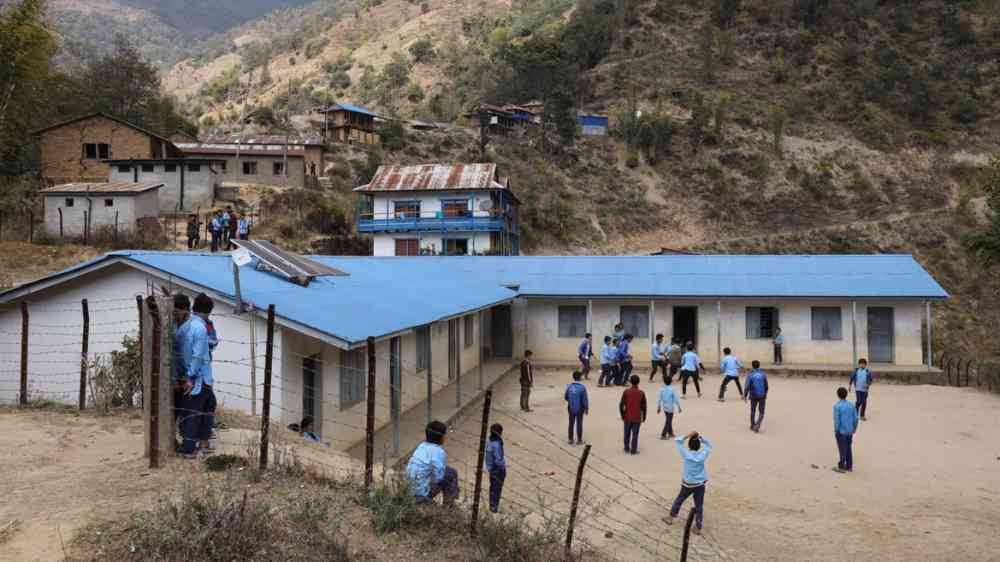Building climate and disaster-resilient schools

Children around the world are facing crises such as natural disasters, which take them away from classrooms and disrupt their opportunities to learn. Climate change has increased the frequency and severity of many of these emergencies, further exacerbating the vulnerabilities of children. Hence, there is a pressing need to develop more resilient and adaptable learning infrastructure and spaces.
However, the usual approach, such as deploying tents and temporary learning spaces, has proven inadequate. These temporary and rapid solutions lack long-term sustainability, thereby compromising safety, escalating reconstruction costs, and increasing carbon emissions, ultimately exacerbating environmental impacts.
To address this, UNICEF has created guidelines for constructing learning spaces in these challenging contexts. With them, countries can strengthen their capacity to prepare for and respond to emergencies, foster innovation and collaboration, and ensure continuity of learning.
This flexibility also allows for adaptations and additional features such as solar systems, digital infrastructure, rainwater harvesting systems and green spaces.
Climate and disaster-resilient schools can be constructed using reinforced concrete, steel and timber. Four different modular units have been designed to create school buildings. Each of the modular units is designed following structural codes to withstand strong winds, earthquakes, floods and blasts.

UNICEF: Options for creating buildings of various sizes for school activities by replicating the modular unit.
Considerations for climate and disaster-resilient school construction
UNICEF's global guidelines offer practical tools and strategies for integrating resilience and sustainability into every stage of school construction, ensuring that designs are accessible and replicable.
In addition to the generic design packages, a set of considerations is available to help ensure the layout of the school facility can better withstand strong winds, earthquakes, floods. There are also considerations for withstanding blasts, which is critical in areas where children go to school during or under the threat of armed conflict.
For more information on how to access the guidelines and design packages, please contact: [email protected]